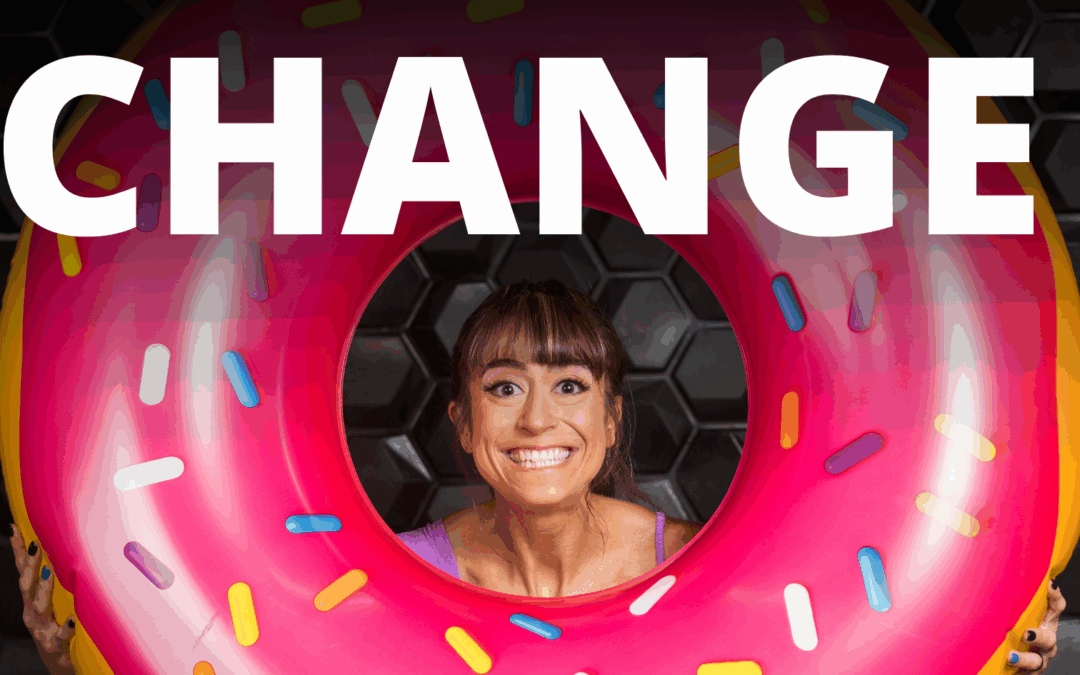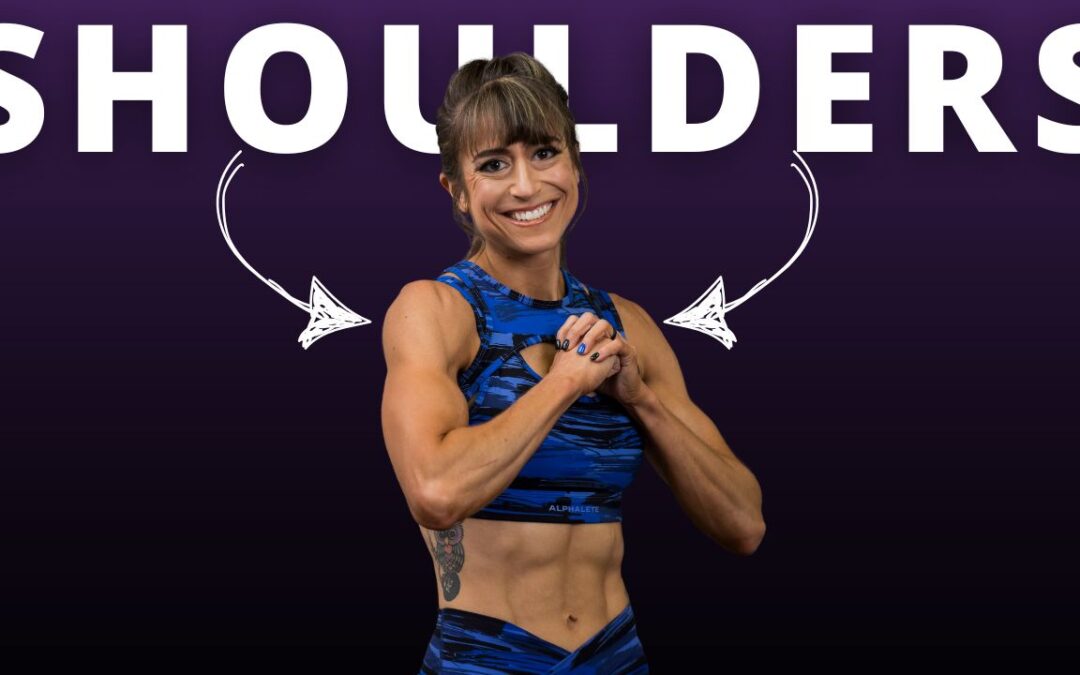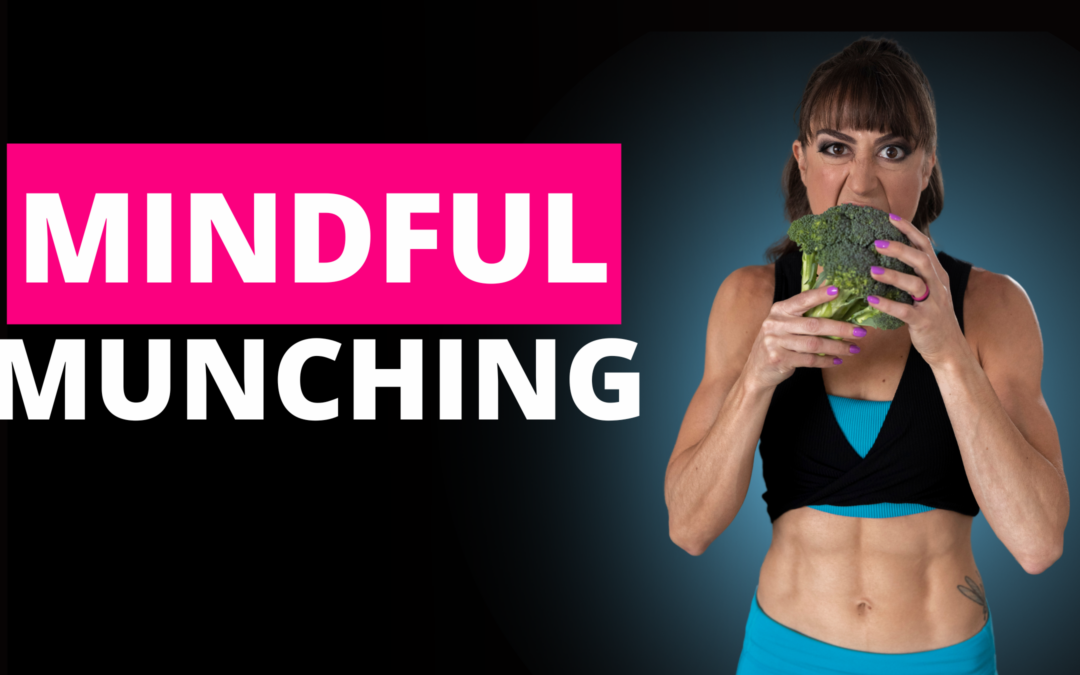
by Cori Lefkowith | Apr 20, 2025 | Blog, Diet, Workouts
“I’ve only got 5lbs to lose. That shouldn’t take that long. Maybe a month! It’s so little.” EH! WRONG. The cold hard truth about getting lean? The closer you get to your goal, the harder the process often gets. And the slower results happen. So what do we do when it...

by Cori Lefkowith | Apr 17, 2025 | podcast
Listen: Change Requires CHANGE If you’re feeling stuck and know deep down that you could be doing better, don’t wait any longer. Your life is not going to change until you take action and make a bold move towards your goals. If you’re ready to take control of your...

by Cori Lefkowith | Apr 15, 2025 | Blog, Bodyweight, Exercises, Workouts
When training at home or when we travel without access to equipment, it can feel like there are some body parts that are hard to hit and exercises that are hard to replicate. But we can get in a killer workout no matter what. That’s why I wanted to share a great...

by Cori Lefkowith | Apr 10, 2025 | podcast
Listen: Change Requires CHANGE If you’re feeling stuck and know deep down that you could be doing better, don’t wait any longer. Your life is not going to change until you take action and make a bold move towards your goals. If you’re ready to take control of your...

by Cori Lefkowith | Apr 6, 2025 | Blog, Diet, Exercises
So you want to build muscle… Put down your cardio crown and get ready to eat more. In this video I’ll cover muscle building 101, or bulking, and it’s going to require you to go against many of the dieting and training practices you’re used to, especially if you’ve...






